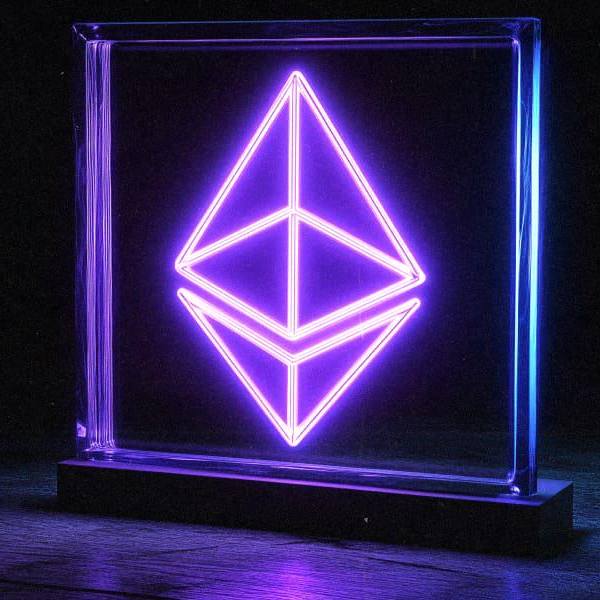Polygon Proof-of-Stake launches its Rio upgrade today
Polygon has officially launched its latest mainnet upgrade, the Rio upgrade, equipped with stateless block verification and more features. Here’s what it has in store.
- Polygon’s Rio hardfork introduces witness-based stateless validation and the Validator-Elected Block Producer system, boosting transaction speeds to 5,000 TPS.
- The new upgrade also brings a new economic model that fairly distributes fees among all validators, making network participation more accessible and strengthening decentralization.
According to a press release sent to crypto.news, the Rio hardfork is designed to make validation less resource-intensive while eliminating the risk of chain reorganizations on the Polygon mainnet. The upgrade is meant to increase speed and efficiency while reducing cost on the mainnet. The network claims that its latest update will enable it to process around 5,000 transactions per second, making it five times faster than previous upgrades.
With the Rio upgrade, Polygon ( POL ) becomes one of the first blockchain to run what is called the witness-based stateless block validation infrastructure. This feature enables nodes on the mainnet to verify new blocks without having to store the entire blockchain state.
Instead of storing large amounts of data on-chain, validators can now use small cryptographic proofs dubbed “witnesses” to verify whether each block is correct. This reduces storage needs, speeds up syncing, and makes it easier for people to run validator nodes.
Stateless block validation eliminates technical barriers, opening the mainnet up to a larger pool of validators from diverse background to help secure the network.
“The result is a blockchain that can handle the world’s payment rails and real-world asset transactions at scale without compromising security or user trust,” wrote Polygon in its statement, adding that is is now capable of hosting final and instant settlements for global payment providers.
In addition, Rio’s new system allows validators, even the ones not producing blocks, to earn a share of transaction fees and Maximal Extractable Value revenue. These fees are split between the block proposer and the rest of the validator group. This means even validators that run lightweight nodes can still earn rewards without needing high-end hardware.
What does the Polygon’s new upgrade entail?
The Rio upgrade introduces a new block production architecture called the Validator-Elected Block Producer or VEBloP. Instead of having many validators produce blocks in the same time span, validators on the network can elect a small pool of validators.
These chosen validators would then produce blocks for a major longer span. By delegating block production to one producer at a time, blocks can be created faster with shorter block times.
The VEBloP model essentially gives the validator community a chance to vote on which node will produce blocks. If an elected block producer falters, then the designated backups will immediately step in to maintain the flow of blocks.
In addition, stateless validation also works with the Validator-Elected Block Producer system or VEBloP to prevent chain reorganizations. This means that blocks are confirmed almost instantly and removes any chance of redoing a validated block on chain history. Therefore, users and developers can treat a verified transaction block as final.
Overall, the new upgrade includes features from three core Polygon Improvement Proposals. First is PIP-64: Validator-Elected Block Producer, which proposes to elect a single block producer per span. Thus, the structure separates block creation from validation.
The second proposal is PIP-65: Economic Model for VEBloP, which details how fees and and rewards are shared between the elected block producer and the entire validator set. This ensures non-producing validators are still financially incentivized to participate.
Lastly, PIP-72 on the mainnet’s new witness-based stateless validation system, which serves to allow nodes to validate blocks without maintaining the full state. This limits risks of storage overflowing and cuts cost for validators.
Disclaimer: The content of this article solely reflects the author's opinion and does not represent the platform in any capacity. This article is not intended to serve as a reference for making investment decisions.
You may also like
Here’s the real reason the 4-year Bitcoin cycle is dead: Arthur Hayes
Bitcoiners are in profit, but beware of short-term fragility: Glassnode
Deloitte survey: 99% of CFOs in the sample expect to use cryptocurrency in their business in the long term?
Tokenization is transforming traditional finance.

What will be the peak of Ethereum?
If the bull market continues, Ethereum could surpass $8,000.

